Our knees – we depend on them! Whether it’s running, dancing, walking, or bending – our knees work hard for us on the daily. But many people fail to fully comprehend this magnificent joint of ours. We’ve condensed decades of our knee knowledge into a few useful bits of information in this article. You’re on your way to better understanding the bones, cartilage, ligaments, and muscles that make up the human knee.
Parts of The Knee
The knee is made of 3 bones: the Femur (thigh bone), the Tibia (leg bone) & the Patella (knee cap). Fibrous bands called ligaments hold these parts together.
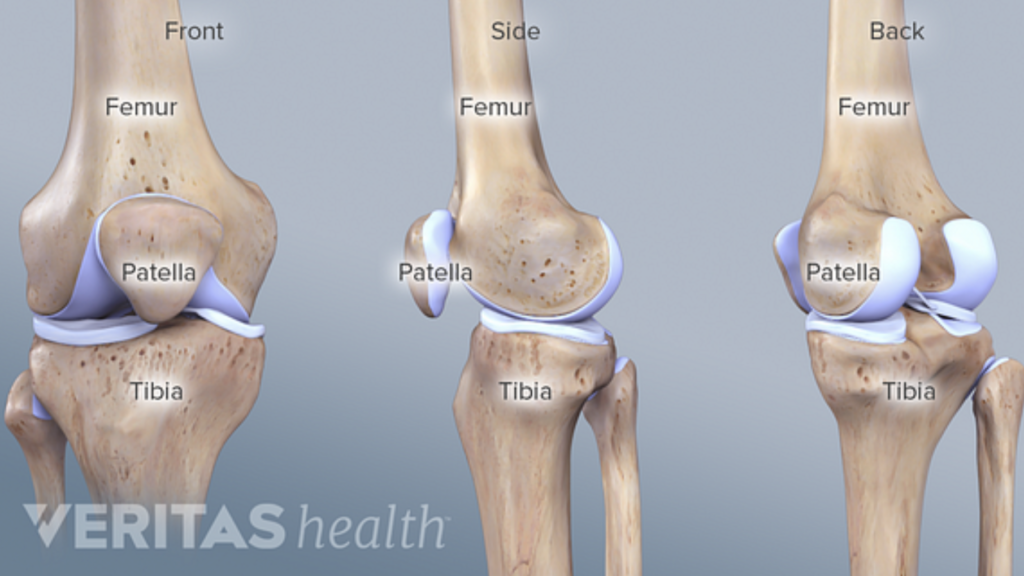
Cartilage, a soft connective tissue in our joints, exists as a shock absorber in the knee joint. It coats the surfaces of the bones and joints to cushion them against impact. There are 2 kinds of cartilage:
- FIBROCARTILAGE, which is the same as ear and nose cartilage (AKA Meniscus, medial & lateral)
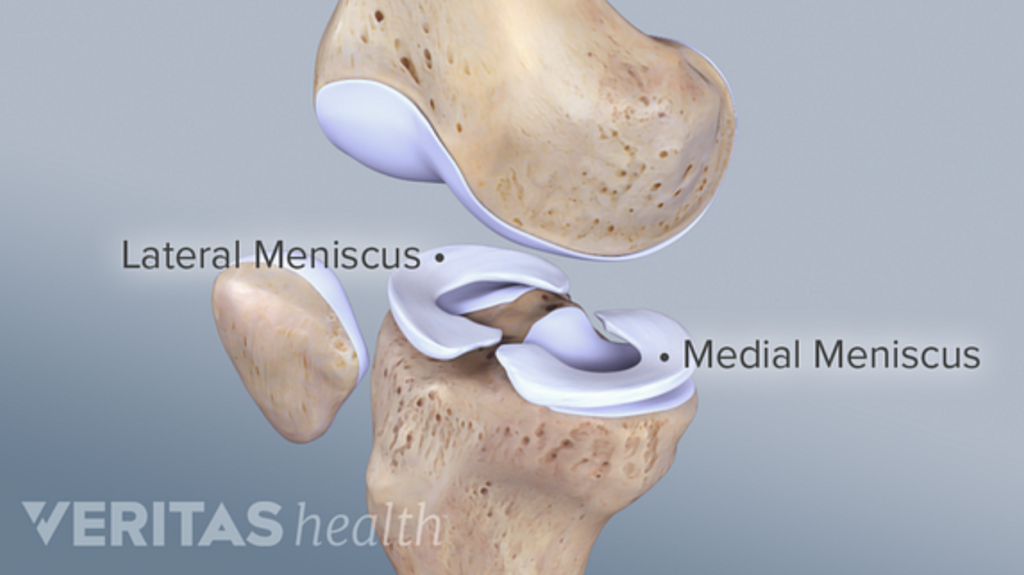
ARTICULAR CARTILAGE, which is the enamel on the end of the bone
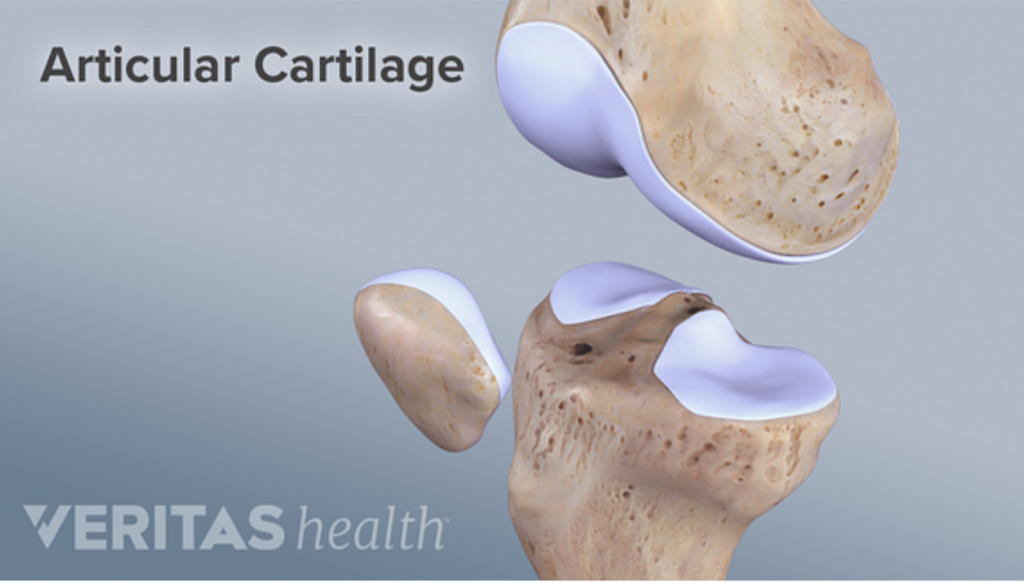
Torn cartilage and arthritis are among the most common knee conditions and they often coexist with each other. You may hear people say, “I tore my cartilage!” but usually they mean to say that they “tore their meniscus”.
When someone has arthritis, you’ll often hear the expression, “bone on bone”. That means that the articular cartilage or enamel has worn out and the bone ends are touching each other. The severity of each of these conditions dictates the type of treatment.
The Ligaments of The Knee
There are 4 main ligaments of the knee. The 2 inside ligaments – the anterior cruciate ligaments and posterior cruciate ligaments – stabilize front and back movements.
The 2 outside knee ligaments – the medial collateral ligaments and lateral collateral ligaments – stabilize side-to-side movements. There are many other knee ligaments, but these 4 are the most important to note.
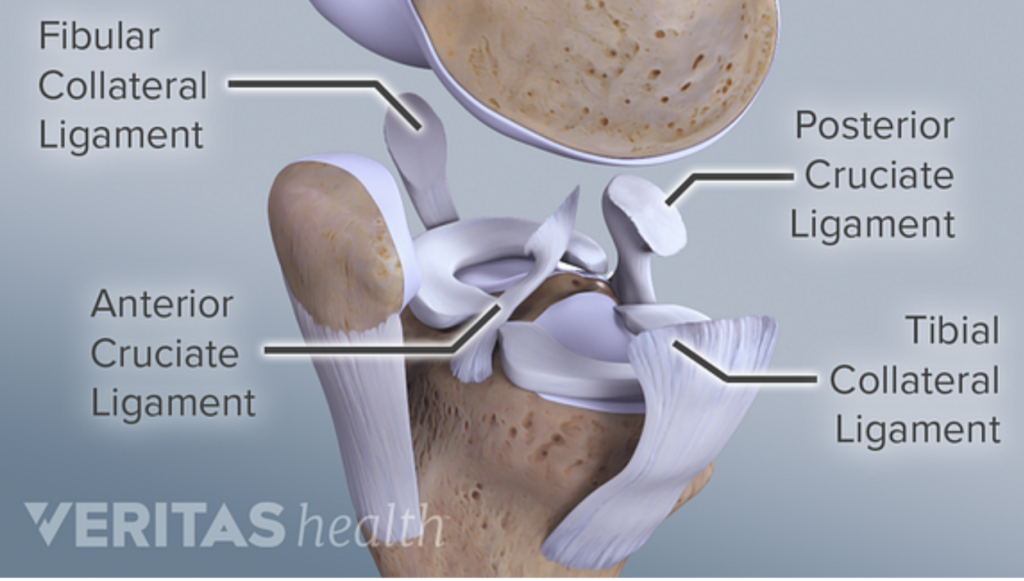
There are 2 groups of muscles that control knee movement: the EXTENSORS (quadriceps) that straighten the knee and FLEXORS (hamstring) that bend the knee.
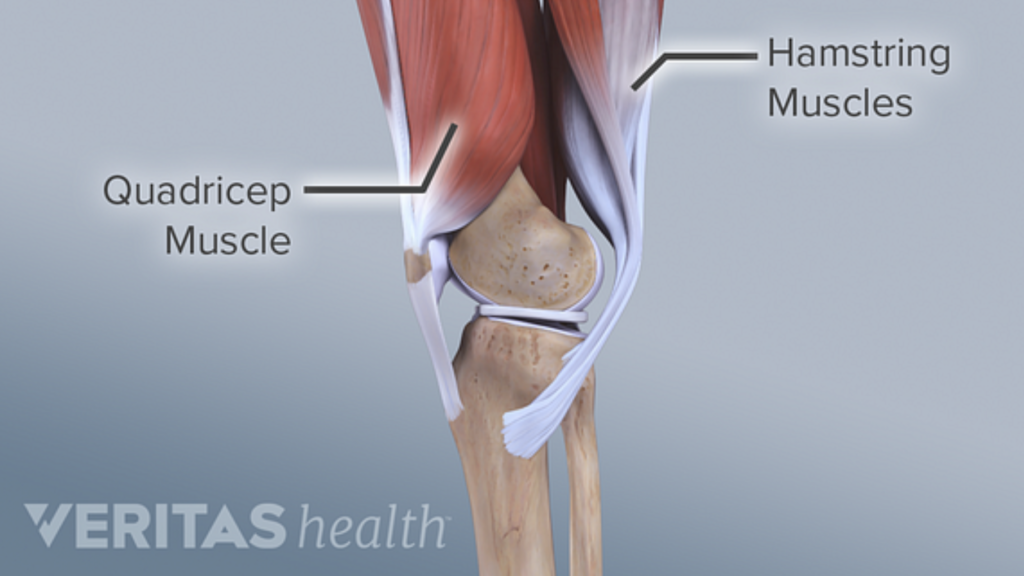
The 3 Compartments of The Knee
The knee has 3 compartments: medial (tibio-femoral), lateral (tibio-femoral) and patellofemoral. Those are a lot of big words! The basic takeaway is what they mean for replacement or resurfacing surgeries.
When all three compartments of the entire knee have worn out, TOTAL knee replacement is indicated. Total Knee Replacement surgery involves one device replacing all 3 compartments of the knee. However, when only one of the 3 compartments is worn out, PARTIAL Knee Resurfacing is indicated, sparing the remaining healthy parts of the knee.
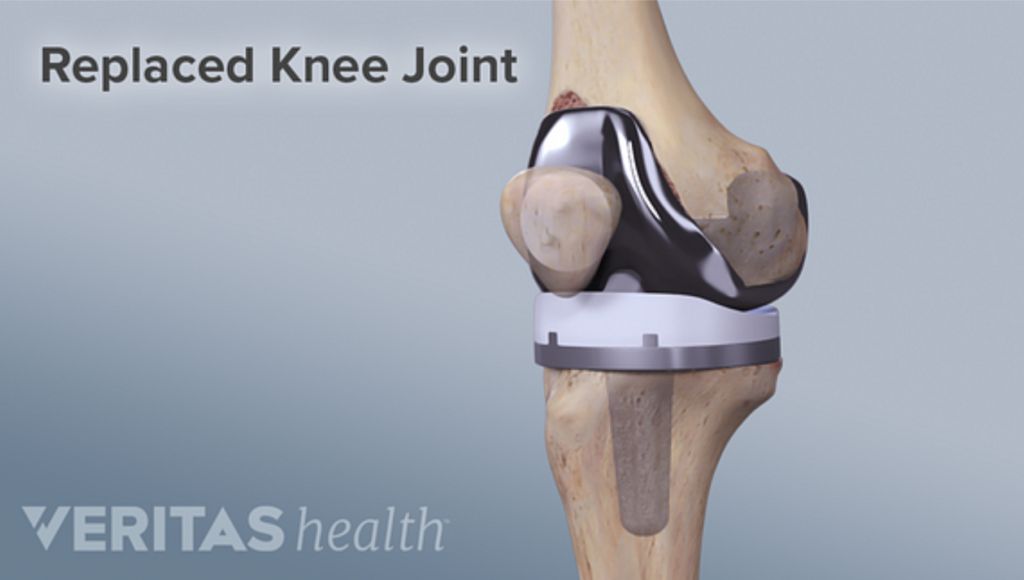
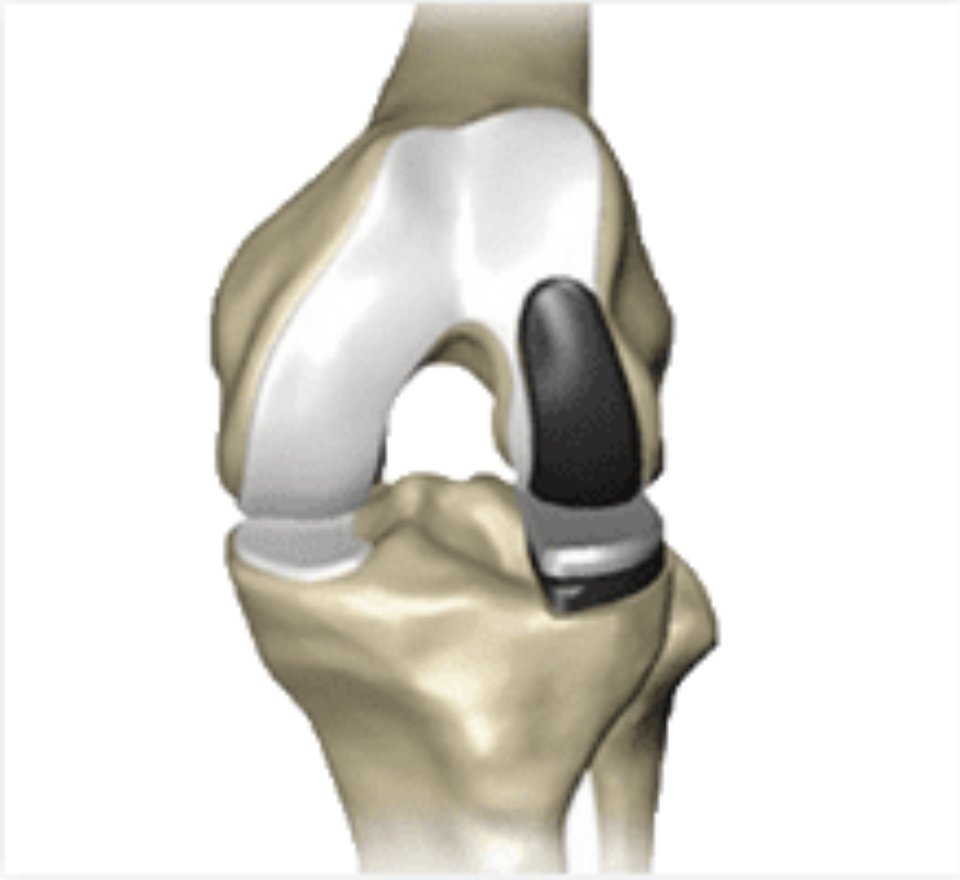
Now that you know a little more about what the knee looks like under the skin, you might find a renewed appreciation for all the work it does for our bodies! If you’re living with knee pain, you don’t have to! Stop missing out on everyday life activities and get moving again! Perhaps it’s time to have that important conversation with your doctor.
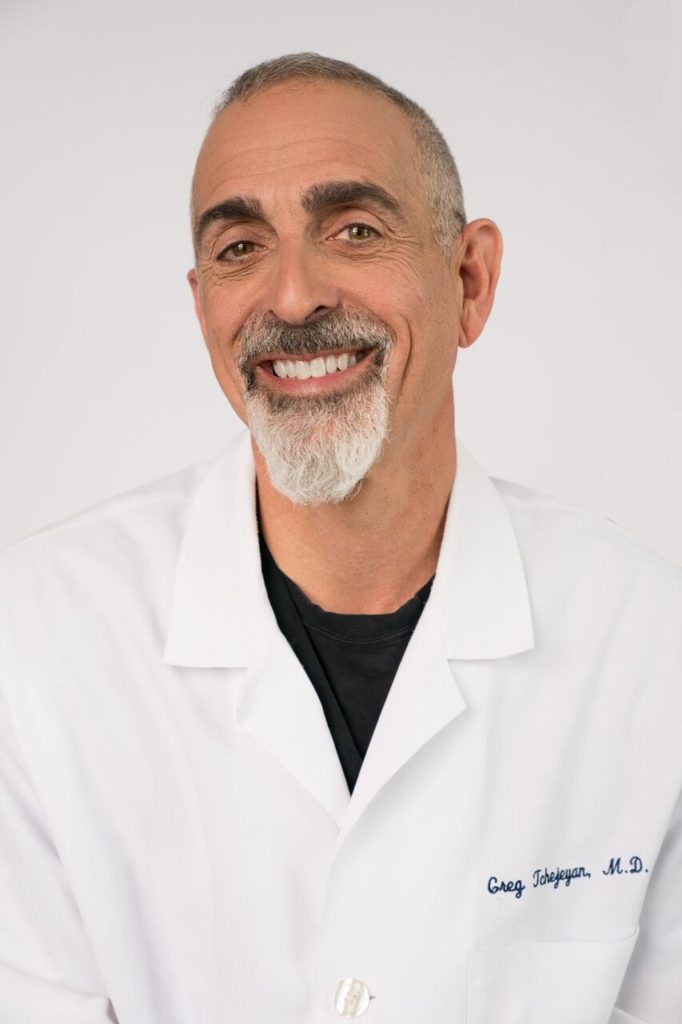
Board-certified orthopaedic surgeon, Dr. Tchejeyan, is perhaps better known by his reputation as “The LA Knee Guy”. That’s because he specializes in helping patients achieve optimal knee health – whether that means knee replacement, knee resurfacing, or no surgery at all. He has an honest interest in your health.
At TJN Orthopaedics, our trained staff stands by ready and waiting to answer your questions and help in any way possible. Give us a call today!
(805) 495-3687
250 Lombard Street, 1st Floor
Thousand Oaks, CA 91360

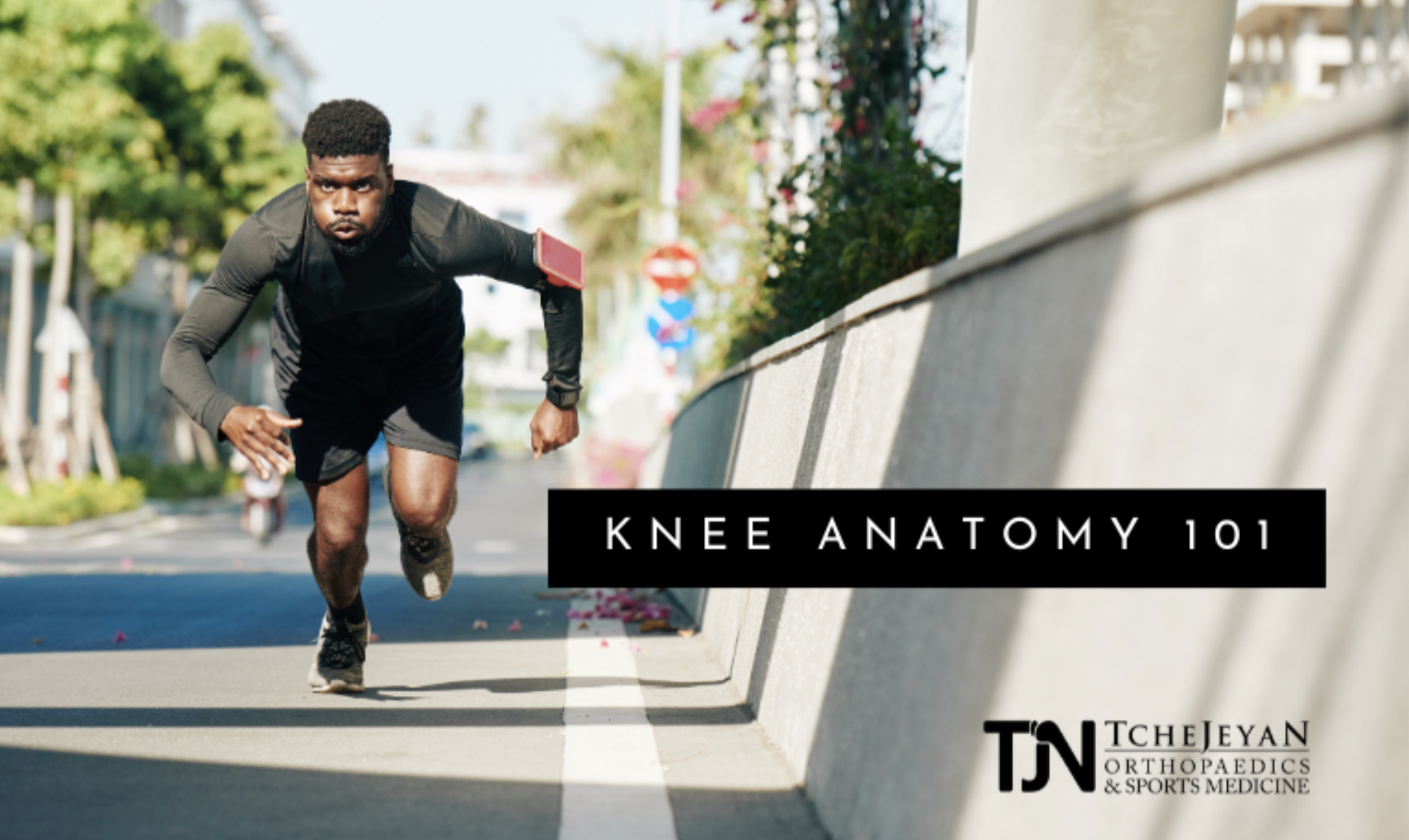
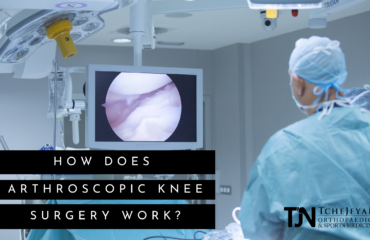

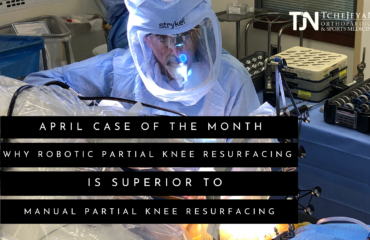
[…] When it comes to orthopedic implants, the devices are either cemented in (most common with the knees) or press-fitted or wedged in without cement (more common in hip replacements). This is how the […]
[…] in your knee. They play a crucial role in your knee, acting as a cushion to absorb shock to the bones in your knee. Specifically, the menisci keep your thigh bone (femur) from grinding against and wearing down your […]